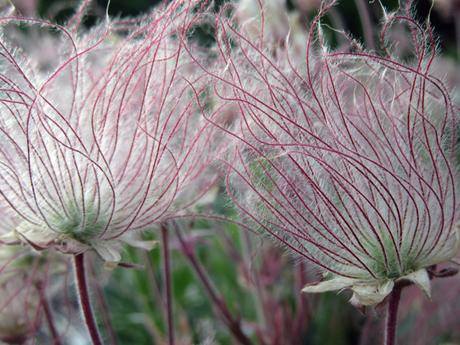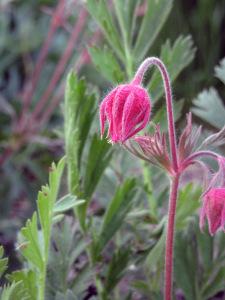Leading researchers emphasize how awe reorients the way individuals think because of having their minds expanded by something vast – which most people interpret in terms of physical size or space. People sometimes say they are awestruck by the size of mountains, the ocean, or the night sky, for instance.
There are other kinds of vastness, however, that have the potential to elicit awe in us.
One kind of vastness that we often overlook in the midst of our busy lives is the stunning vastness in complexity all around us in nature.
Native to my area of North America, for example, is the perennial, Geum triflorum, sometimes called “old man’s whiskers” or “prairie smoke” because of the way the long heads of seeds extend outward from the plant.

A few years ago, my wife and I decided to plant prairie smoke, along with several other native plants, in our front yard. Every Spring, this gives me the opportunity to walk out my front door to be awestruck by its intricacies. The wispiness of the seeds most captivate, but I also have gained a deep appreciation for the fact that this plant has been adored by countless people for thousands of people on the land where I dwell. Something deep within me feels satisfied at the realization that I have helped restore my property to the way it once was by bringing these plants home.

Where do you observe awesome complexity around you? Consider the flowers, spiderwebs, or the feathers of birds. Notice the sounds of life around you, or the stunning intricacies of the ecosystem in which you live. In areas such as ours that have four seasons, the spring brings germinating garden seeds; summer, butterflies; fall, changing leaf colors; and winter, snowflakes.
As Henry Miller once stated, “The moment one gives close attention to anything, even a blade of grass, it becomes a mysterious, awesome, indescribably magnificent world in itself.”
